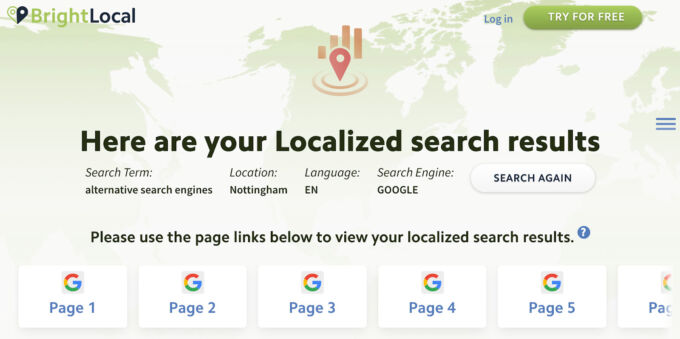
Typically, we see these differences in content when a client’s website doesn’t have specific service pages. After reading the content, I would say that Content Piece #1 is focused more on “personal injury lawyer,” and Content Piece #2 is more focused on “car accident lawyer.” However, Content Piece #2 references more details about an actual car accident. We work with anyone who has been impacted in a personal injury case, including passengers, drivers, and pedestrians.īoth pieces mention car accidents, our target keyword. If you or a loved one has been seriously injured in a car accident, the attorneys at KK Slider Group in Springfield, MO, can help. When tough medical, legal, and insurance challenges arise, our team is here to hold all parties accountable.Ī car accident can result in disastrous consequences for a person’s overall health and finances.

The experienced team at our Springfield, MO, personal injury law firm helps people who have experienced devastating car, truck, and bike accidents. Both of these lawyers want to rank for the keyword “car accident attorney” but have organized their content differently.Īt Gnarls Barkley & Co, we’re committed to helping people get back on their feet after an injury. Here’s an example of two very different snippets of content about the same core keyword. Because you’re reading the content! Yay you! It never fails to surprise me that marketers will forge ahead with an entire keyword strategy, but not take the time to understand the content backing those keywords. You’re reading this blog post, which already means you’re one step ahead of other marketers. By “the answer has been inside you all along,” I’m talking about an understanding of what makes your content, products, and services unique. OK, OK, but seriously, you need to look at the state of your own website to make some final decisions about your local SEO strategy.

*cue John Williams orchestra to emphasize the magnitude of self-discovery* “The answer has been inside you all along, my fellow marketer.” By working through each of these steps, we’ve constructed a powerful, data-backed local SEO strategy. In the first three parts of this series about how to do local SEO, we’ve scaled the local search microcosm, explored user intent, and gathered relevant data.


 0 kommentar(er)
0 kommentar(er)
